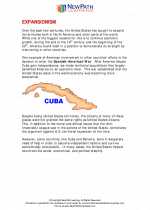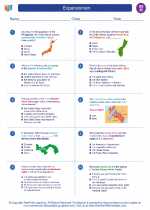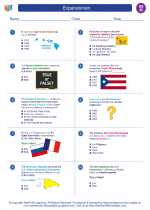Introduction to North America
North America is the third largest continent in the world, consisting of 23 countries and numerous territories. It is located in the northern hemisphere and is bordered by the Arctic Ocean to the north, the Atlantic Ocean to the east, the Pacific Ocean to the west, and South America to the southeast.
Geography
North America is characterized by a diverse range of geographical features, including the Rocky Mountains, the Great Plains, the Canadian Shield, the Mississippi River, the Great Lakes, and the Appalachian Mountains. The continent also boasts a variety of climates, from the frozen tundra of the Arctic to the tropical rainforests of Central America.
History
The history of North America is marked by the arrival of indigenous peoples, followed by European colonization and the establishment of independent nations. Key historical events include the arrival of Christopher Columbus in 1492, the founding of the thirteen colonies, the American Revolution, the expansion westward, and the Civil Rights Movement.
Countries and Cultures
North America is home to a rich tapestry of cultures, languages, and traditions. From the Inuit of the Arctic to the Mayans of Central America, each country and region within North America has its own unique customs and heritage.
Economy
The economies of North America are diverse, with industries ranging from agriculture and manufacturing to technology and finance. The United States and Canada are among the world's largest economies, while countries such as Mexico and Brazil also play significant roles in the continent's economic landscape.
Challenges and Opportunities
North America faces a range of challenges, including environmental issues, social inequality, and political tensions. However, the continent also presents opportunities for growth, innovation, and international cooperation.
Studying North America provides a fascinating insight into the continent's history, geography, and cultures, and offers valuable lessons for understanding the wider world.
[North America] Related Worksheets and Study Guides:
.◂Social Studies Worksheets and Study Guides Eighth Grade. Expansionism

 Worksheet/Answer key
Worksheet/Answer key
 Worksheet/Answer key
Worksheet/Answer key
 Worksheet/Answer key
Worksheet/Answer key
 Worksheet/Answer key
Worksheet/Answer key
